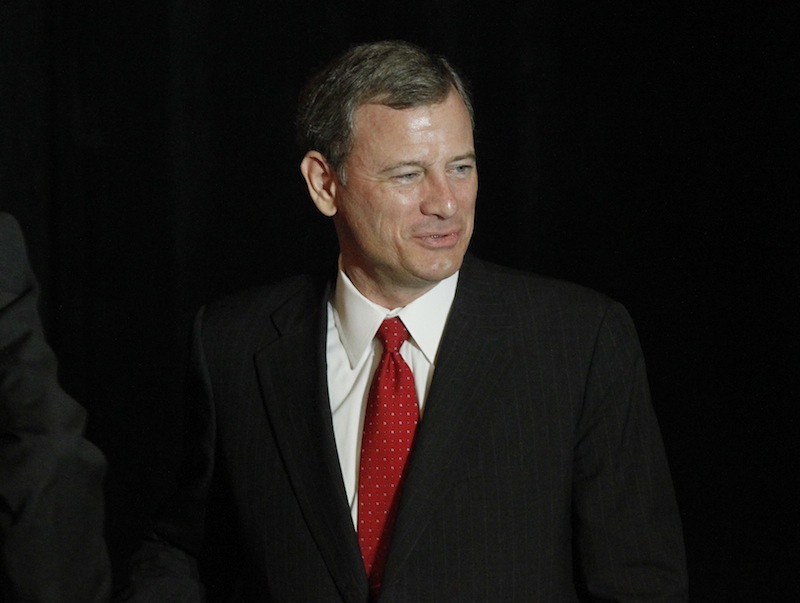The Voting Rights Act took a beating from conservative justices Wednesday during oral arguments at the Supreme Court.
At issue is the constitutionality of Section 5 of the 1965 law, which requires state and local governments with a history of voter disenfranchisement to pre-approve any changes that affect voting with the Justice Department or a federal court.
Oral arguments showed a sharp divide along ideological lines and suggested that the conservative majority is strongly inclined to overturn Section 5 of the half-century-old law.
A question posed by Chief Justice John Roberts to the Obama administration’s lawyer defending the Voting Rights Act captured the tenor of the proceedings.
“Is it the government’s submission that the citizens in the South are more racist than the citizens in the North?” Roberts asked.
Roberts and Justice Anthony Kennedy, who led the questioning challenging the Voting Right Act, both labeled the formula used for Section 5 “reverse engineering.”
Kennedy said the formula “obscures the real purpose.” He declared that “if Congress is going to single out states, it should do so by name.” Although he said there’s no question Section 5 was “utterly necessary” in 1965, its validity now is “not clear” to him.
“The Marshall Plan was very good too,” Kennedy said. “But times change.”
At times, Kennedy appeared to be wrestling with the question of whether it’s effective to prosecute violations after the fact, and sought clarification on skeptical questions asked of the challenger’s lawyer by the liberal-leaning justices.
Justice Antonin Scalia attributed the continued congressional reauthorization to the “perpetuation of racial entitlement” and suggested that it will be renewed endlessly because members of Congress would never let it lapse for fear for political repercussions.
“I don’t think there is anything to be gained by any Senator to vote against continuation of this act,” Scalia said. “They are going to lose votes if they do not reenact the Voting Rights Act. Even the name of it is wonderful — the Voting Rights Act. Who is going to vote against that in the future?”
Justice Samuel Alito asked several hostile questions suggesting that Section 5 was unfair to the covered jurisdictions. “Why shouldn’t it apply everywhere in the country?” he asked.
Justice Clarence Thomas, who did not speak during arguments, has already signaled in a 2009 written opinion that he believes Section 5 is unconstitutional.
Justice Sonia Sotomayor led the questioning defending the Voting Rights Act. She appeared to take exception to Scalia’s remark, and probed the lawyer for the challengers, “Do you think Section 5 was voted for because it was a racial entitlement?” He dodged, and she asked the question again. He again dodged.
Other liberal justices chimed in at various points with questions favorable to the law.
“The problem was terrible,” said Justice Stephen Breyer. “It has gotten a lot better. It is not to some degree cured.”
The purpose of Section 5 was to proactively quash voter discrimination where it’s most likely to emanate, but conservatives argue that it has outlived its purpose and now discriminates against the mostly southern regions covered.
The historic 1965 law has been reauthorized four times by Congress, most recently in 2006 for a period of 25 years. Its constitutionality has been affirmed four times by the Supreme Court, most recently in 1999.










